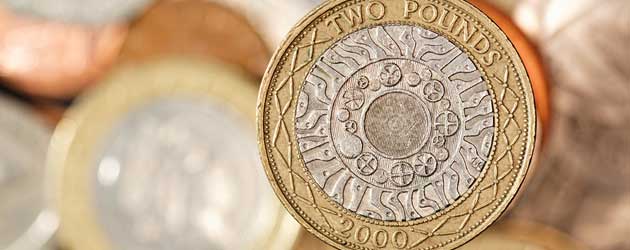
The Pound to US Dollar exchange rate (GBP/USD) grew by just under a cent to reach a 9-day high of 1.5221 yesterday as some soft US data releases reduced the probability of an early Fed exit strategy, which negatively impacted demand for the US Dollar.
The annualised US Gross Domestic Product print for the first quarter was revised lower by one percentage point from 2.5% to 2.4% as private investment and government spending fell but personal consumption expenditure narrowly increased.
The second estimate showed that the latest government spending cuts actually reduced GDP output by -0.97%, compared to the initial estimation of a slightly less severe -0.80%. It also showed that private investment only expanded by 0.63%, whereas the first report suggested that it had improved by a much stronger 1.03%. To complete the downward revision, the new figures suggest that US exports only added 0.11% to first quarter growth, instead of the preliminary figure of 0.40%.
Paul Ashworth of Capital Economics said that a series of one-off fiscal shocks – the ‘fiscal cliff’, the payroll tax and the ‘sequestration’ – were largely to blame for the slight revision, but pointed out that the effects of these will wear off later down the line:
“The fiscal squeeze will continue for the rest of this year, but should begin to ease off after that”.
The report was not entirely negative, however, as personal consumption expenditure – the largest driver of growth in the US economy – was shown to have improved by 2.40%, compared to the previous estimation of 2.24%. The revision also showed that US imports only subtracted -0.32% from GDP, whereas the first report had suggested a more worrying -0.90%.
The second piece of downbeat data from across the pond came in the form of the Weekly Jobless Claims figure, which rose by 10,000 from 344,000 to 354,000 last week. Missing forecasts of a fall to 340,000 the softer-than-expected score reflected slightly pessimistically on the US labour market. With inflation and employment touted by the Federal Reserve as the top two indicators to look out for in regards to the future pace of its quantitative easing scheme, the relatively disappointing result was interpreted as bearish for the US Dollar, as it made it less likely that the US Central Bank will look to wind-down QE3 in the immediate future.
However, every cloud has a silver lining, and as with the GDP report, the underwhelming unemployment report did feature some good news. Because of the Bank Holiday on Monday, five states were not able to collect the full set of figures, which led to projections being used for Virginia, Wyoming, Hawaii, Minnesota and Oregon. With dismissals beginning to wane and the employment outlook picking up in recent weeks, it is likely that the actual number of Jobless Claims was slightly less than the projected figures suggested.
Sterling was also boosted against the US Dollar yesterday by a modest 0.4% improvement in Nationwide House Prices in May, bringing the year-on-year total up to a stronger-than-anticipated 1.1%.
Later today UK Mortgage Approvals are expected to rise slightly to 54,600 and US Personal Income is predicted to fall marginally to 0.1%. In the absence of any major economic releases it is possible that GBP/USD could backtrack on yesterday’s gains as the pair continue to fluctuate above psychological support at 1.5000.

Comments are closed.